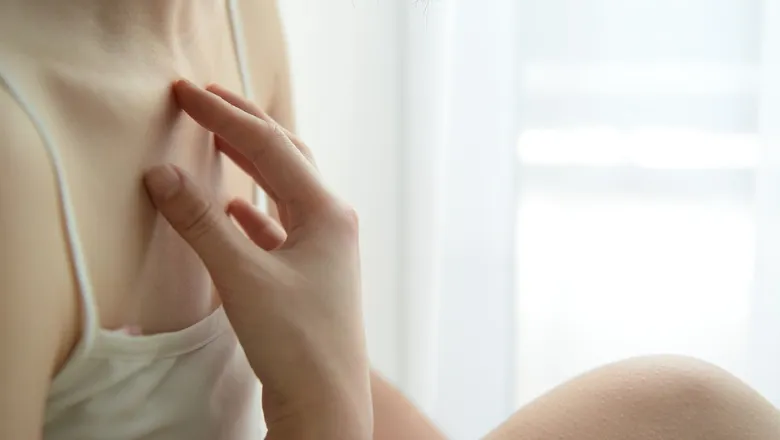21 June 2019
Treatment promise for rare skin condition
A new cell therapy could show promise for treating recessive dystrophic epidermolysis bullosa (RDEB).

RDEB is a rare genetic disorder which causes the skin to blister and tear at the slightest friction, according to the research published in JCI insight from St John's Institute of Dermatology.
RDEB is a painful skin disease in which very minor skin injury leads to blisters and poorly healing wounds. About 1,000 people in the UK live with RDEB. The fragile skin in RDEB also scars, develops contractures and is prone to life-shortening skin cancers. There is currently no cure for RDEB.
The condition is caused by mistakes in the gene COL7A1, which makes a type of collagen called collagen 7. The mutations mean that the collagen 7 protein which holds skin layers together is not produced properly, so skin layers do not hold together and the skin blisters.
The new therapy works by taking collagen-producing cells (called fibroblasts) from RDEB patients, growing them in the laboratory and introducing a functional version of the COL7A1 gene using a harmless virus. These corrected fibroblasts are then injected back into the skin, where they produce collagen which works to hold the skin together and prevent blistering.
The paper describes the results of a phase I trial for the treatment, which aimed to establish whether the treatment is tolerated by patients. The treatment was given to four patients, who had no adverse effects. Crucially, three of them had more functional collagen in the injected skin, compared to non-injected skin, which suggests that cell therapy had some efficacy.
The researchers hope that these promising initial results could help them to develop the treatment further, and could lead on to bigger trials of the treatment.
Dr Su Lwin, Dermatology Registrar at Guy’s and St Thomas’ and Honorary Clinical Research Fellow, Genetic Skin Disease Group, King’s College London, said: “This is the very first human study demonstrating that gene-modified patient’s own fibroblasts – commonest skin cells that produce the missing protein collagen 7 – are safe and may hold promise as an effective therapy for individuals with RDEB but bigger trials are needed for further evaluation in the first instance.”
This research was funded by the Guy's & St Thomas' Biomedical Research Centre
